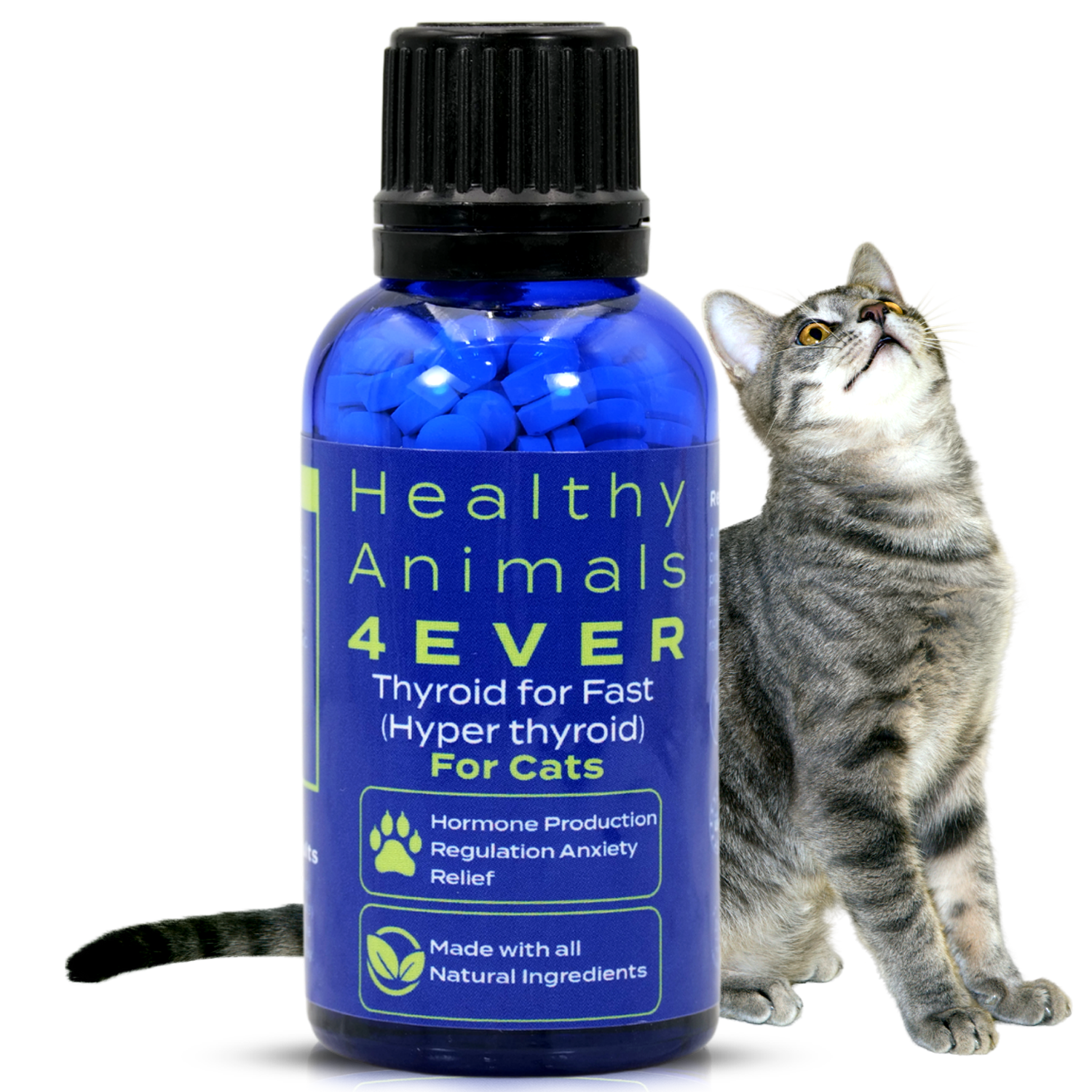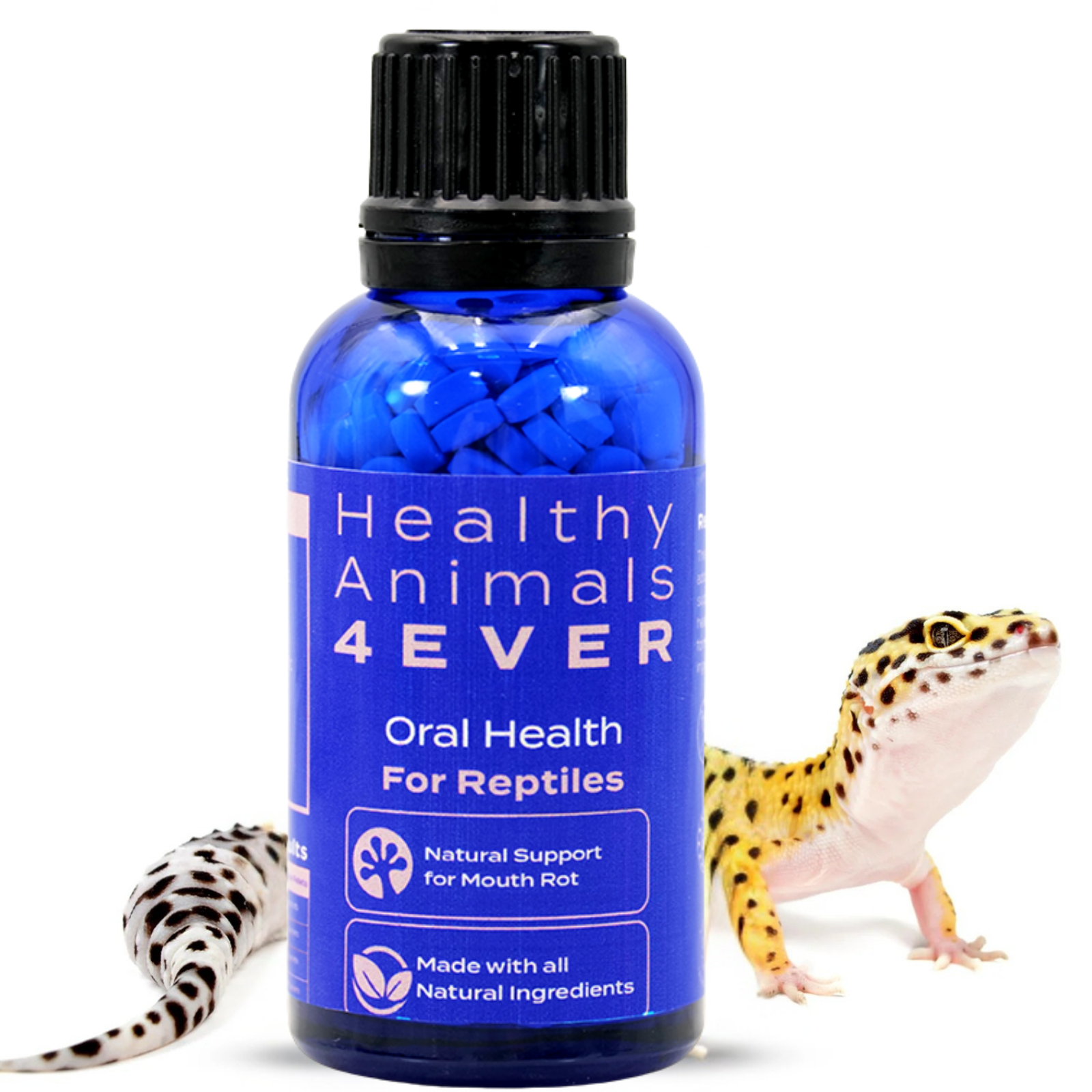Summer Horse Care Guide: Essential Tips for Preparing Your Equine Companion
As the days grow longer and the temperatures rise, horses and their owners look forward to the joys of summer. However, the hot weather and increased activity also bring unique challenges that require special attention.
We prepared a few tips and strategies to help you navigate the summer season with your equine companion. Whether you're a seasoned horse owner or new to the responsibilities, we will try to provide valuable insights into maintaining your horse's health, preventing overheating, and optimizing their comfort during the hottest months of the year.

- Adjusting Diet and Hydration
Hydration
Horses need more water during the hot summer months.
Horses require ample water, especially during hot weather. Ensure your horse has access to clean, fresh water at all times. A mature horse typically drinks 5-10 gallons of water daily, which can double in hot weather. Regularly check water troughs and buckets to ensure they are clean and free from algae, debris, or contaminants.
Horses lose essential electrolytes like sodium, potassium, and chloride through sweat. Adding electrolytes to their water or feed can help maintain the balance. Use electrolytes formulated explicitly for horses. When adding electrolytes to water, always provide a second source of plain water to ensure the horse continues to drink enough.
Some horses may be reluctant to drink unfamiliar or warm water. Adding a small amount of apple juice or a commercial water flavoring can encourage them to drink more.
Horses tend to prefer cooler water. Shade water sources or use insulated buckets to decrease water temperature if possible.
Diet
With the increased activity and heat, horses might need a diet adjustment. High-quality forage should remain the staple of their diet, but you might need to increase their caloric intake if they are more active.
Hoof issues support is a natural remedy for hoof-related issues. It helps with cracked hooves, brittleness, and discomfort during movement. Promotes healthy hoof growth while soothing irritation. All-natural formula. Safe and gentle for all horse breeds.
Forage (hay or pasture) should remain the cornerstone of your horse's diet. Ensure it is high-quality and free from mold or dust. The fiber in forage helps maintain gut health and proper digestion. If your horse is grazing on pasture, ensure it is well-managed and not overgrazed. Rotate pastures to allow for regrowth and reduce parasite load.
Depending on your horse's activity level, you might need to adjust the amount of concentrate feed (grains or pelleted feeds). Horses in heavy work may need additional calories, while those in light work or at rest may need less.
Regularly assess your horse's body condition. Adjust feed quantities based on weight gain or loss, ensuring your horse maintains an ideal body condition score. Be mindful of the risk of Laminitis, particularly if your horse is grazing on lush, sugary grasses. Consider using a grazing muzzle if necessary.
Adding fat sources like flaxseed, rice bran, or vegetable oil can provide additional energy without increasing the risk of digestive upset. Ensure adequate protein intake, particularly for performance horses. Good quality hay, legumes (like alfalfa), and specific concentrates can provide necessary protein.
Provide free-choice salt blocks to encourage natural electrolyte replenishment. White salt blocks are usually sufficient, but mineralized blocks can provide additional nutrients.
- Managing Coat and Skin Care
The summer months can be harsh on your horse's coat and skin, requiring extra attention to maintain their health and comfort.
Regular grooming
- Regularly brush your horse to remove dirt, sweat, and loose hair. Use a curry comb to loosen dirt and debris, followed by a stiff brush to remove it. Finish with a soft brush for a smooth finish.
- Bathe your horse as needed using a mild shampoo specifically designed for horses. Avoid over-bathing as it can strip natural oils from the coat.

Shedding
Most horses will shed their winter coat as temperatures rise. Help speed up this process with regular grooming. Use a shedding blade or comb to help remove the winter coat and promote the growth of a healthy summer coat.
Sun protection
- Invest in a lightweight fly sheet that offers UV protection to shield your horse's coat and skin from harmful sun rays. These sheets also help protect against flies and other insects.
- Use fly masks with UV protection to protect your horse's face and eyes from sunburn and insects.
- Apply a horse-safe sunscreen to sensitive areas prone to sunburn, such as the nose, muzzle, and around the eyes. Choose a product specifically designed for horses to avoid skin irritation.
After bathing, use a horse conditioner to help maintain coat moisture and shine. This is particularly important if you bathe your horse frequently. Apply aloe vera gel or other vet-recommended moisturizers for dry or irritated skin to soothe and heal.
For horses prone to sweet itch (an allergic reaction to insect bites), consider using anti-itch creams and keeping them covered with fly sheets.
Maintain cleanliness and dryness in the stable to prevent fungal infections. Consult your vet for appropriate antifungal treatments if needed.
Skin conditions support is a natural support for horses' skin health. It is recommended for skin issues like itching, redness, and inflammation. Promotes healthy and comfortable skin. All-natural formula. Safe and gentle for all horse breeds.
Biotin and Zinc support hoof and coat health. Ensure your horse's diet includes sufficient levels through forage, concentrate feeds, or supplements.
- Hoof Care
Summer conditions can vary from dry and hard to wet and muddy, each presenting challenges. Regular hoof care is crucial to prevent problems like cracks or thrush.
Maintain a regular schedule for hoof trimming every 4-6 weeks, depending on your horse's growth rate and activity level. Regular trims help prevent cracks, splits, and other hoof problems.
Ensure your farrier maintains proper hoof balance to prevent uneven wear and strain on the legs.
- Apply hoof moisturizers or dressings to prevent hooves from becoming too dry and brittle in hot, dry conditions. Products containing lanolin or pine tar can help retain moisture. In very dry conditions, occasional hoof soaking can help maintain moisture levels. Soak hooves in water for 15-20 minutes a few times a week if needed.
- Ensure your horse's living environment has dry areas to prevent prolonged exposure to wet conditions, which can soften hooves and lead to problems like thrush. Limit your horse's exposure to muddy areas and provide a dry, clean place to stand. Regularly clean and maintain stalls and paddocks to reduce mud and moisture buildup.
Clean your horse's hooves daily with a hoof pick to remove dirt, stones, and debris that can cause bruising or infections. While cleaning, inspect each hoof for signs of cracks, splits, or other damage. Early detection of issues can prevent more severe problems.

Summer-specific issues:
- Dry, cracked hooves are more common in hot weather. Regular moisturizing and appropriate hoof care can prevent these issues.
- Seedy toe and white line disease can arise from compromised hoof walls. Keep hooves clean and dry, and address any issues promptly with your farrier or vet.
- Parasite Control
Summer is a peak season for parasites that can affect your horse's health. An effective parasite control program is essential to keep your horse healthy and comfortable.
Fly control
- Use fly sheets and masks to protect your horse from flies. These provide a physical barrier and help prevent bites.
- Regularly remove manure from stalls and pastures to reduce fly breeding sites. Compost manure away from horse areas.
- Installing fans in barns to create air movement makes it difficult for flies to land on your horse.
- Set up fly traps and bait systems around the stable and pasture areas to capture and reduce the fly population.
- Use fly sprays and repellents on your horse. Reapply as directed, especially after sweating or bathing.
Equine EPM support is a natural remedy for EPM. It helps with muscle weakness and lack of coordination; and promotes nerve regeneration, motor control, and vitality. It supports the immune system and aids in easing inflammation within the central nervous system. All-natural formula. Safe and gentle for all horse breeds.
Mosquito control
- Remove or treat standing water sources where mosquitoes breed, such as old tires, buckets, and water troughs.
- Apply mosquito repellent sprays or wipes to your horse, particularly during dawn and dusk when mosquitoes are most active.
- Install mosquito traps around the barn and pasture areas to reduce the population.
Tick control
- Check your horse daily for ticks, especially around the mane, tail, belly, and under the legs. Remove any ticks promptly with tweezers or a tick removal tool.
- Regular grooming helps in early detection and removal of ticks.
Internal parasite control
- Perform fecal egg counts regularly (every 2-3 months) to monitor the parasite load and determine the need for deworming. Tailor your deworming schedule based on FEC results.
- Use dewormers based on the type of parasites present. Rotate dewormers to prevent resistance, but do so under veterinary guidance to ensure effective parasite control.
- Summer is a high-risk time for parasites like strongyles and ascarids. Ensure your deworming program addresses these specific threats.

Bot fly control
- Use a bot knife or pumice stone to remove bot fly eggs from your horse's legs, shoulders, and other areas where they lay eggs.
- Check for and remove bot eggs daily during bot fly season (late summer to early fall).
- Apply insecticide sprays that are effective against bot flies to prevent egg laying.
- Include ivermectin or moxidectin in your deworming schedule in late fall to target bot larvae.
- Shelter and Pasture Management
Adequate shelter and pasture management are crucial during summer to ensure your horse remains healthy, comfortable, and protected from the elements.
Shelter management
- Ensure your pasture has sufficient run-in sheds where horses can escape the sun. These structures should be well-ventilated and large enough to accommodate all horses in the pasture.
- Keep barns well-ventilated to allow for airflow. Use fans to circulate air, helping to reduce heat and discourage flies and mosquitoes.
- Install misting systems in barns or shelters to help cool the air. Ensure they are set up to provide fine mist rather than large droplets.
- Use large industrial fans to keep air moving. Position fans safely out of reach of horses and secure all cords to prevent accidents.
Laminitis support is a natural remedy for horse Laminitis. It is recommended for inflamed hooves, pain, and discomfort. Supports healthy hoof growth. All-natural formula. Suitable for horses of all ages and activity levels. Easy to take.
Pasture management
- Implement a rotational grazing system to prevent overgrazing. Divide the pasture into sections and rotate horses between them to allow grass to recover.
- Regularly mow pastures to control weeds and encourage healthy grass growth. Remove toxic plants and ensure the pasture is safe for grazing.
- Fertilize and reseed pastures as needed to maintain good grass cover. Choose grass varieties suited to your climate and soil type.
Stay informed about weather conditions. Provide additional shelter or bring horses inside during extreme heat, thunderstorms, or severe weather.
- Exercise and Training Adjustments
Exercising and training horses during the summer requires special considerations to ensure their safety and well-being. High temperatures, humidity, and increased insect activity can all impact your horse's performance and health.
Plan your riding and training sessions during the cooler parts of the day, typically early morning or late evening, to avoid the peak heat. Try to keep a consistent schedule so your horse can acclimate to the routine and times when they will be active.
After exercise, cool your horse down gradually by walking them until their breathing returns to normal. Hose your horse down with cold water to help lower their body temperature. Scrape off excess water to prevent it from heating up and causing more discomfort.
Exercise your horse in shaded areas whenever possible. Trees, covered arenas, or shaded trails can provide relief from direct sunlight. If you train in an indoor arena, ensure it is well-ventilated. Fans can help circulate air and keep temperatures down.

- Monitoring Health
Overheating in horses during summer can lead to serious health issues such as heat stress, heat exhaustion, or heat stroke. Proper management and preventive measures are crucial to ensure your horse remains healthy and comfortable.
Signs of overheating:
- Excessive sweating beyond normal levels.
- Increased respiratory rate that does not settle with rest.
- Lack of energy, sluggishness, or reluctance to move.
- Elevated heart rate that remains high even after exercise.
- In severe cases, a horse may stop sweating altogether, a critical sign of heat stroke.
- Visible shaking or trembling of muscles.
- Loss of coordination or balance.
- In extreme cases, the horse may collapse or become unresponsive.
If your horse starts to show overheating symptoms, quickly move your horse to a shaded or cool area. Use cold water to hose down your horse, focusing on the large muscle groups and blood vessels. Use ice packs if available. Offer small amounts of cool water to drink, but don't force them.
Contact a veterinarian immediately if your horse does not improve quickly or shows severe symptoms. Heat stroke can be life-threatening and requires prompt medical intervention.
Homeopathic remedies
Homeopathy can be used as a preventive measure and a treatment for early signs of heat stress.
- Aconitum Napellus: Use at the first signs of heat stress, especially if the horse appears anxious or has a rapid, strong pulse.
- Belladonna: Helpful if the horse is overheating with symptoms like dilated pupils, dry skin, and a high fever.
- Gelsemium: For horses that become lazy, weak, and exhausted from the heat.
- Glonoinum: Effective for severe cases where the horse's head is hot and throbbing and may appear confused or dizzy.
- Apis Mellifica: Useful if there is swelling, inflammation, or edema due to heat.
Homeopathic remedies for horses are typically given in 30C potency. Dissolve a few pellets in a small amount of water and administer them directly into the horse's mouth using a syringe. Start with one dose and observe the horse's response. If symptoms persist, another dose can be given after 30 minutes to an hour. A single dose may be administered for preventive measures before expected exposure to high temperatures.
Always consult a veterinarian experienced in homeopathy before starting any new treatment regimen. They can provide personalized recommendations and ensure homeopathic remedies are used safely and effectively.
The Bottom Line
Preparing your horse for summer involves a combination of proper nutrition, hydration, grooming, parasite control, and adjustments to exercise routines. By taking these steps, you can help your horse enjoy a comfortable, healthy, and active summer. Remember, each horse is unique, so tailor your approach to meet your horse's specific needs. Enjoy the sunny days ahead with your equine companion!













